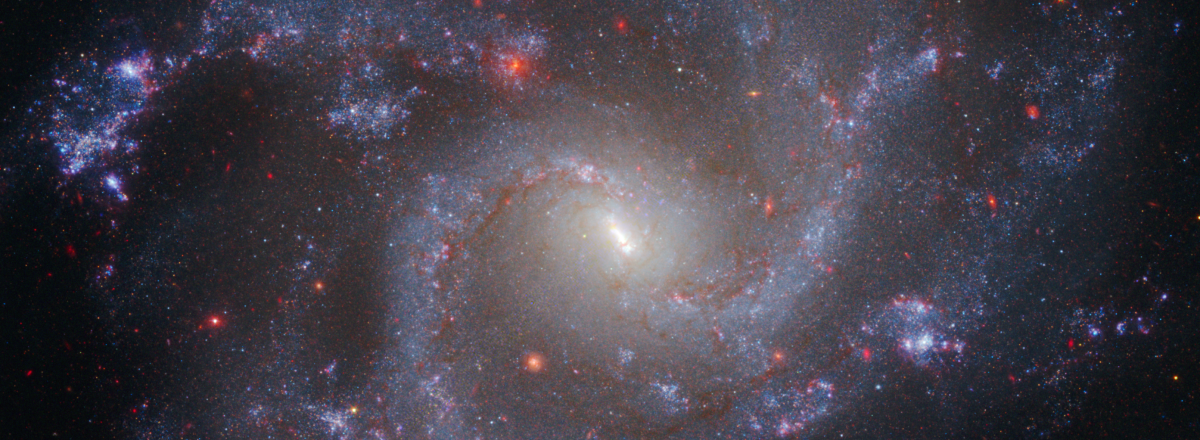James Webb Space Telescope Validates Universe's Expansion Rate
The JWST's observations have ruled out human error in Hubble's measurements, reinforcing their reliability but simultaneously amplifying the mystery behind the Hubble Tension.

In a collaboration between the James Webb Space Telescope (JWST) and its predecessor, the Hubble Space Telescope, scientists have confirmed the speed at which the universe is expanding, a figure known as the Hubble constant. This confirmation, however, has not clarified the longstanding debate among physicists but instead has intensified the cosmic conundrum known as the "Hubble Tension."
For decades, the Hubble constant, a key parameter for understanding the cosmos's evolution and fate, has been shrouded in mystery due to discrepancies in its measurement. Observations from Hubble had narrowed the age of the universe to 13.8 billion years with a 1% margin of error. Yet, measurements of the universe's expansion rate immediately after the Big Bang suggested a quicker pace, raising questions about the accuracy of these observations.
The JWST, with its cutting-edge technology, set out to resolve these doubts by conducting additional observations of cosmic landmarks known as Cepheid variable stars. The JWST's findings have conclusively shown that the Hubble Tension is not a result of measurement errors, leaving the scientific community pondering its cause.
This "cosmic pickle" arises from a significant discrepancy between the Hubble constant as measured through traditional astrophysical milestones, such as Cepheid variable stars and Type Ia supernovae, and its value derived from the cosmic microwave background (CMB) radiation. While Cepheid variables and Type Ia supernovae suggest an expansion rate of about 73 kilometers per second per megaparsec, the CMB indicates a slower rate of around 67 kilometers per second per megaparsec.
The JWST's observations have ruled out human error in Hubble's measurements, reinforcing their reliability but simultaneously amplifying the mystery behind the Hubble Tension.

